What’s the Difference Between Type 1 and Type 2 Diabetes?
Understanding the roles of glucose and insulin are key to unlocking the difference between type 1 and type 2 diabetes—and the special treatment each requires.

By Parveen Verma, DO, Endocrinologist, Virtua Endocrinology
Type 1 and type 2 diabetes affect millions of people, increasing their risk of heart attack, stroke, kidney disease, and more.
Understanding the roles of glucose and insulin are key to unlocking the difference between the two conditions, and the special treatment each requires.
What Is Glucose and Why Is It Important?
Glucose, or blood sugar, is the body’s main source of energy.
Glucose comes from foods rich in carbohydrates, like bread, pasta, fruit, oatmeal, and lentils. When we eat, food travels down the esophagus to the stomach, where enzymes and acids break it into small pieces to release glucose and other nutrients. From there, it passes into the intestines and is absorbed into the bloodstream.
Our body works to keep the level of glucose in our blood constant. When we eat and there’s an influx of glucose, beta cells in the pancreas release insulin. Insulin acts as a key, unlocking cells so the glucose can enter.
For someone with diabetes, the insulin key is either missing or doesn’t fit the lock, leading to blood sugar levels that are too high.
What Is Type 1 Diabetes?
Type 1 diabetes, previously called juvenile-onset or insulin-dependent diabetes, is an autoimmune disease that can occur in children and adults at any age.
For reasons that are not yet entirely understood, the immune system — the body’s defense against infection — mistakenly attacks and destroys the insulin-producing beta cells in the pancreas. Scientists believe that both genetics and environmental factors, such as a virus, are involved in triggering the disease. Its onset, which can be sudden, is not related to diet or lifestyle.
As a result, the body produces little to no insulin to regulate blood sugar and get energy from food. Glucose is locked out of the cells, leading to high levels in the bloodstream.
If you have type 1 diabetes, you will need to take daily insulin shots, or wear an insulin pump, to manage your glucose levels and ensure your body gets the energy it needs. You can’t take insulin as a pill because the acid in the stomach would destroy it.
You will need to check your blood sugar often, even overnight, and closely watch what you eat to avoid potentially dangerous spikes and lows.
What Is Type 2 Diabetes?
Type 2 is the most common form of diabetes, accounting for 90 to 95% of people diagnosed.
Type 2 diabetes can result when the pancreas is producing insulin, but the cells are not responding to it the way they should. As opposed to type 1 diabetes, where there’s no insulin key to open the cells, with type 2 diabetes, the locks on the cells are damaged.
Less glucose is able to enter the cells, leading to high levels in the bloodstream. This is called insulin resistance. In response, the pancreas works harder to make more insulin to force the cells open. Over time, this can damage the pancreas and it may not be able to produce any insulin.
As the disease progresses and the beta cells in your pancreas cease insulin production, you will need to begin insulin injections. (This does not mean you now have type 1 diabetes, as the two conditions have different causes.)
What Are the Symptoms of Diabetes?
Because your body is not getting the energy it needs, constant hunger and excessive thirst often are among the first symptoms of type 1 and type 2 diabetes. Other early signs include:
- Lack of energy and fatigue
- Frequent urination
- Blurry vision
- Unintended weight loss
- Cuts and bruises that are slow to heal
- Tingling, pain, or numbness in the hands and feet (type 2)
While the onset of type 1 diabetes can be sudden, with type 2 the symptoms can come on gradually, and may be easy to dismiss. Over time, however, symptoms become more severe and lead to complications like loss of feeling in your extremities (neuropathy), kidney disease, vision loss, heart attack, and stroke.
How Does One Develop Type 2 Diabetes?
Type 2 diabetes may run in families, but you are more likely to develop it if you are obese or overweight, lead a sedentary lifestyle, eat high-fat, high-sugar foods, have high blood pressure, and have low HDL cholesterol and/or high triglycerides. In women, diabetes during pregnancy and having polycystic ovary syndrome also are risk factors.
Type 2 diabetes is more likely to occur in people over 40. However, with increased rates of obesity, younger people are developing it as well.
Can I Prevent Type 2 Diabetes?
Unlike type 1 diabetes, you can control, and even prevent, type 2 diabetes with diet and exercise. Losing 7 to 10% of your body weight can help your body use insulin more efficiently. A number of medications also are available to help manage type 2 diabetes. Bariatric weight-loss surgery also has been shown to eliminate type 2 diabetes in some people.
With the right tools and support, you can manage your condition and live your life to the fullest.
Certified Diabetes Education
Virtua’s certified diabetes educators help people manage their health, while significantly lowering their risk for long-term complications. They teach diabetes self-management and insulin management skills, and advise on proper diet and exercise.
Virtua's diabetes self-management education program has been recognized for its high-quality education efforts from the American Diabetes Association. Learn more about Virtua Health's diabetes services here.
There's So Much More to Explore
Discover expert insights, inspiring stories, health tips, and more by exploring the content below!

Knee Replacement Rehab: 7 Exercises to Restore Your Strength and Range of Motion

COPD vs. Asthma: Understanding the Difference in Symptoms

Are You Eating Too Much Salt? High-Sodium Foods to Watch For

Bioidentical Hormone Replacement Therapy Pellets: Relief for Menopause and Andropause Symptoms

Why Is Sex Painful During Pregnancy? Pelvic Congestion Syndrome Explained

Don't Drink Alcohol? You Could Still Get Fatty Liver Disease

What Is the Difference Between Palliative Care and Hospice Care?

How to Exercise Safely with Asthma: Tips, Triggers, and Rescue Inhaler Use

How to Relieve Bloating Fast: Simple Tips for Quick Comfort

How to Tell the Difference Between Cold, Flu, and COVID-19

Jill Travels From Delaware to South Jersey for Advanced Lung Care

4 Exercise Tips to Help You Reverse High Blood Pressure

From Exhaustion to Empowerment: Tracy's Hormone Replacement Therapy Success Story

Why on Earth Am I Always So Cold?
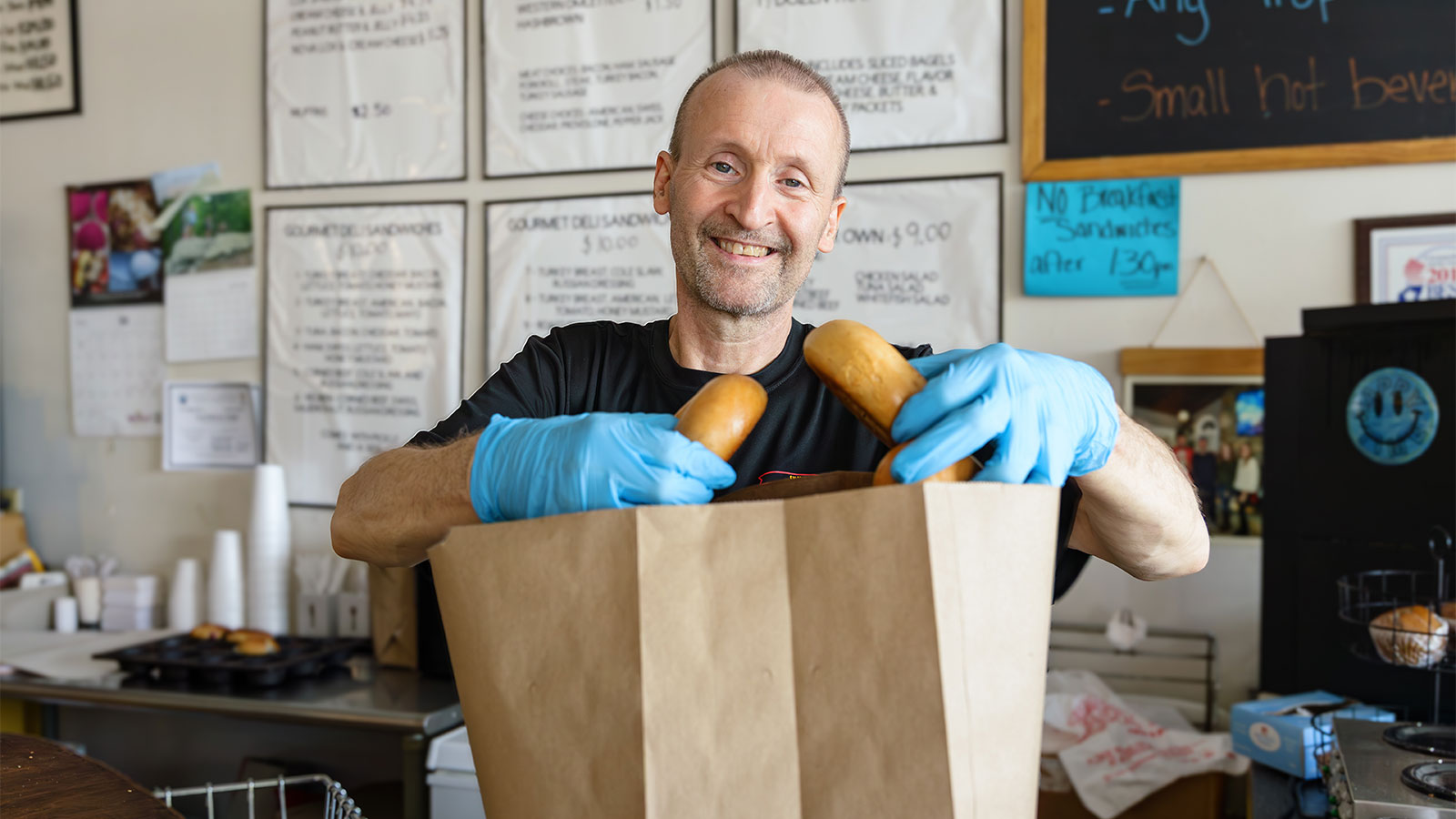
Timely Heart Care During a Heart Attack Helps Joe Feed the Community

Allegra Is Thriving With Crohn's Disease

The Best and Worst Foods for Acid Reflux

How to Manage IBS Symptoms and Feel in Control Again

5 Types of Lung Disease: Symptoms, Causes, and Prevention Tips

Foods to Enjoy and Avoid for GLP-1 Heartburn

3 Reasons Why Now's the Time to Find Relief From Varicose Veins
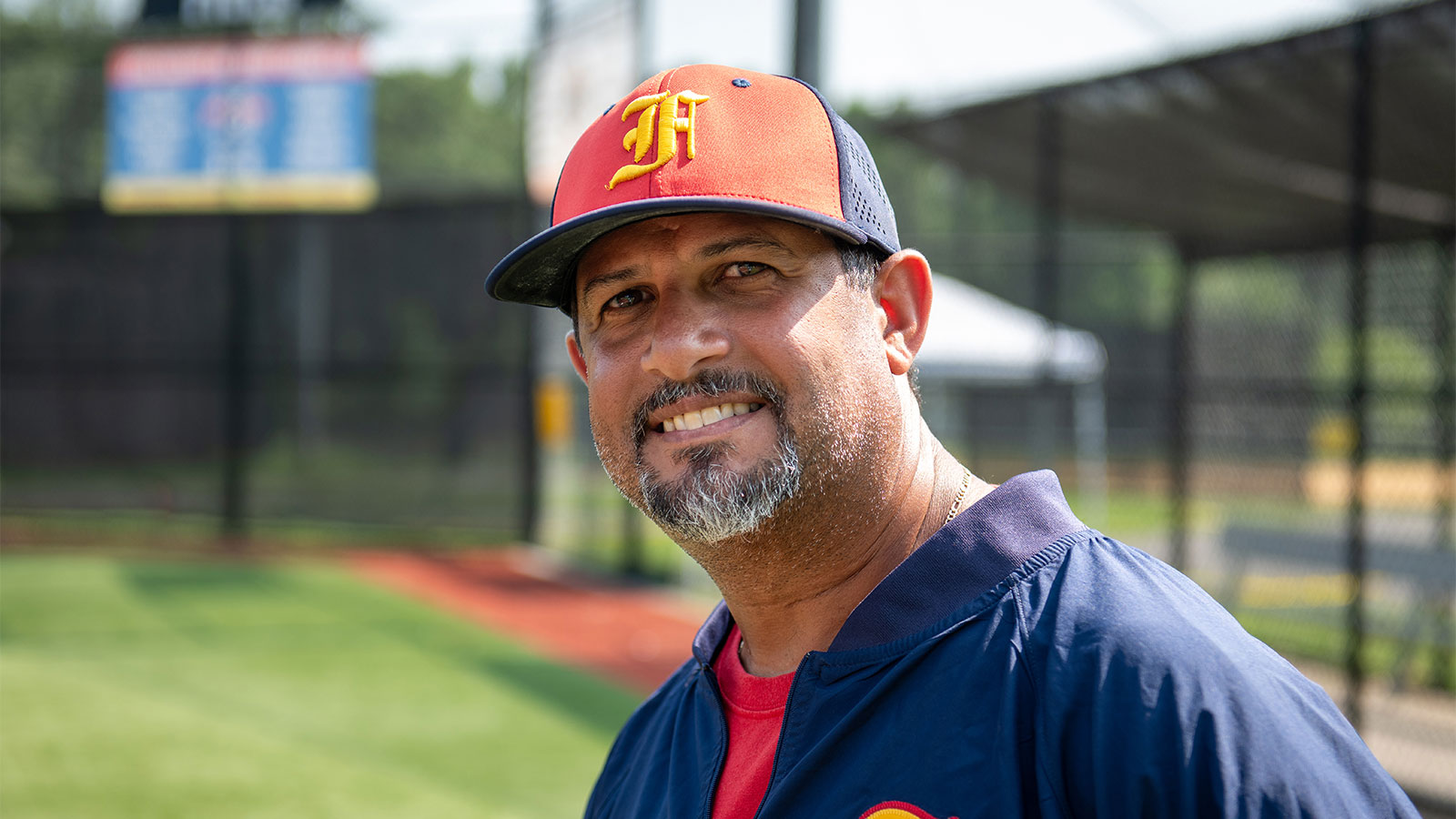
Baseball Coach Turns Male Breast Cancer Surprise into Personal Mission

The Brain Health Checklist: 11 Questions Everyone Should Ask
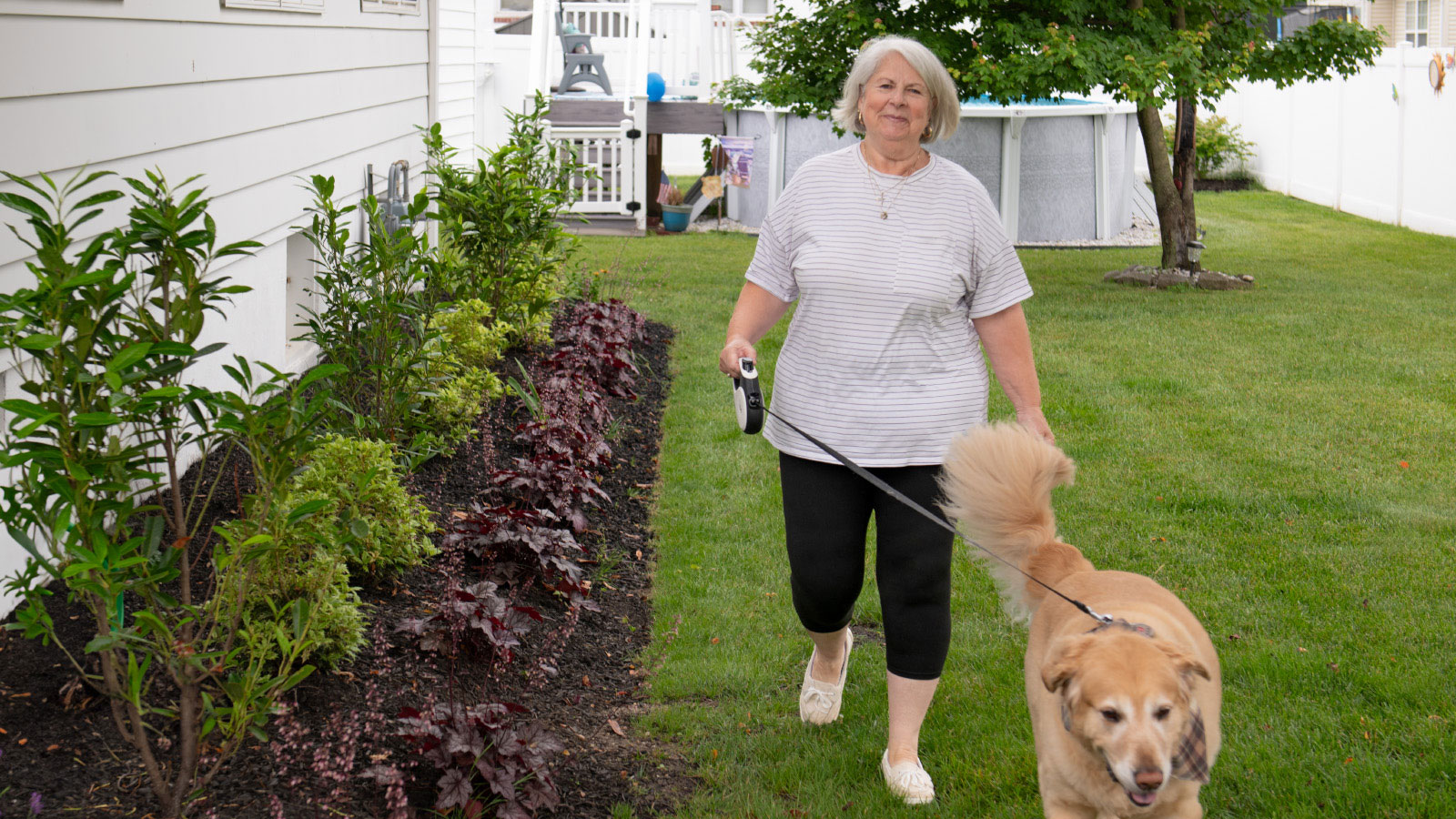
From Caregiver to Patient: Robotic Surgery Relieves Teresa's Knee Pain

How to Get and Stay Healthy This Fall
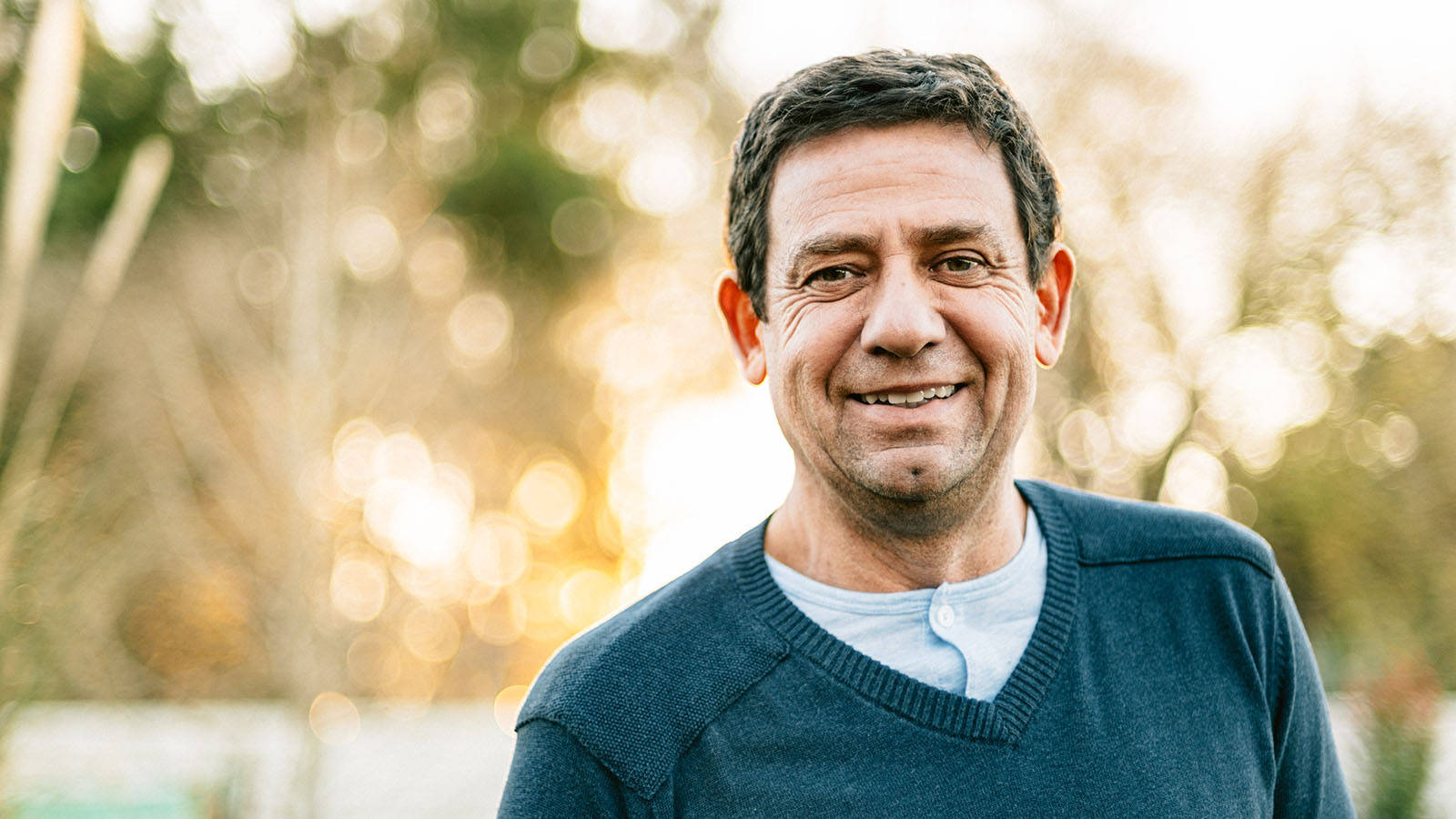
How to Reverse Prediabetes and Prevent Type 2 Diabetes

4 Sweet Halloween Tricks for Grown Ups Who have Diabetes
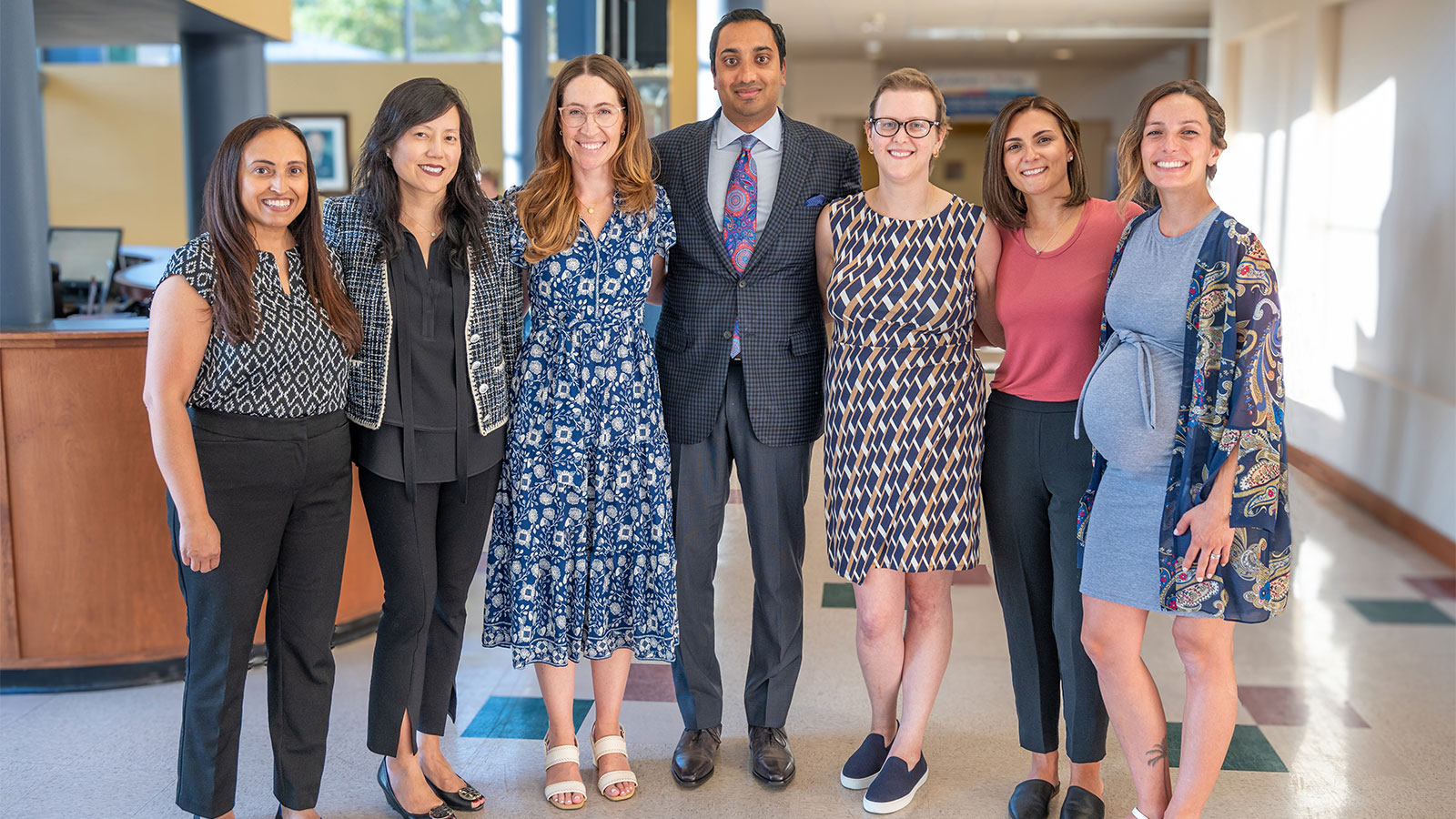
Young Breast-Cancer Survivor Has New Hope for Healthy Future

Is Cancer Hereditary? What You Need to Know About Your Genetic Risks

Tara's Story: From Debilitating Uterine Fibroid Pain to a Half-Marathon Medal

Is Your Post-Pregnancy Belly Bulge a Sign of Diastasis Recti?

IBS and Alcohol: Can You Still Enjoy a Drink?
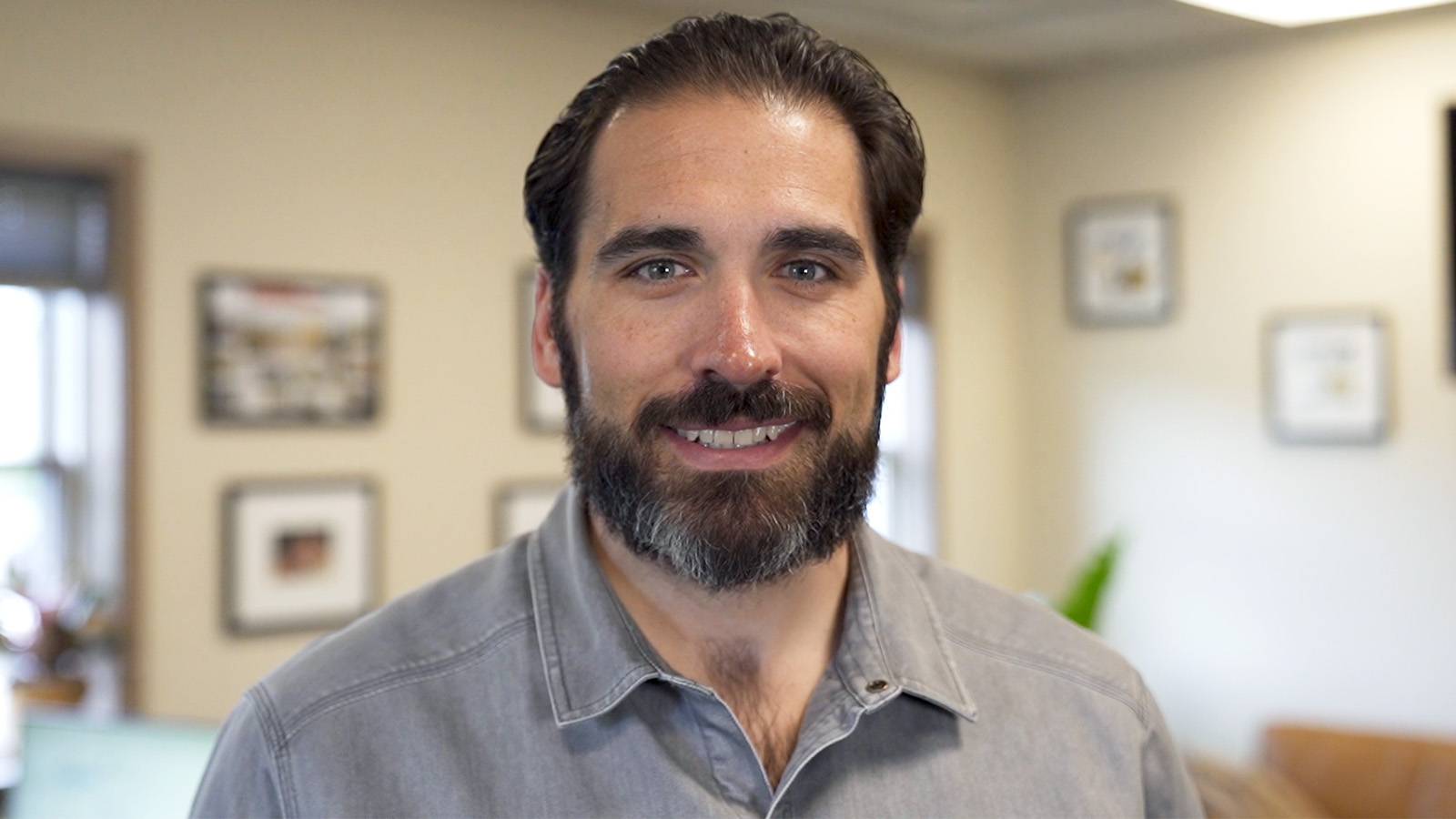
Focus on Mental Health Is Key Part of Andrew's Weight-Loss Journey

What You Need to Know About Epilepsy

'Feeling Joy Again': ECT Brain Stimulation Therapy Restores Ashley's Well-Being

Not Just for Wrinkles: Botox Injections Promote Improved Bladder Control
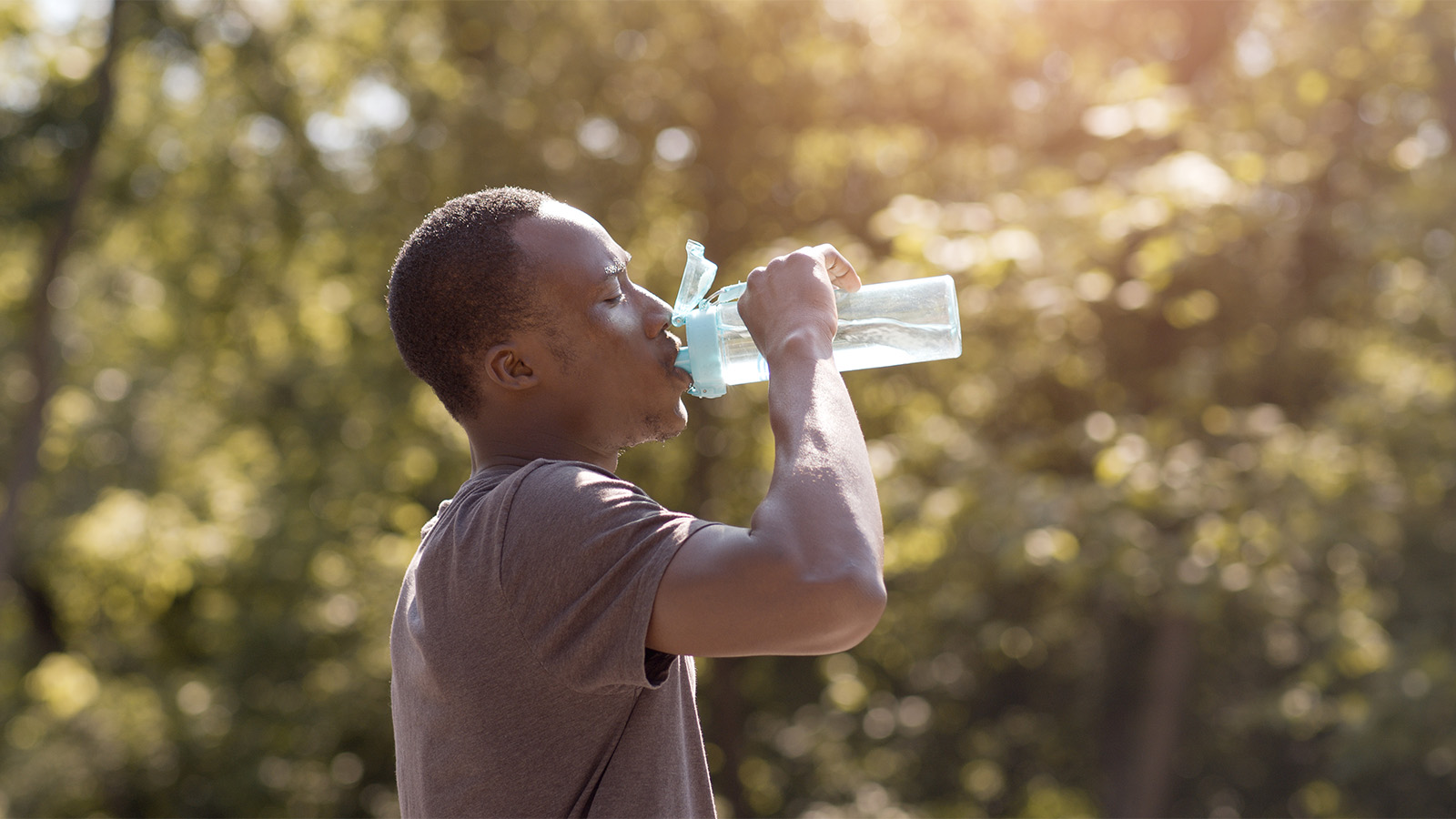
How to Stay Cool and Prevent Heat Illness All Summer Long

What Happens to Your Body When You Don't Get Enough Sleep?

5 Key Facts About Proton Therapy for Cancer Treatment
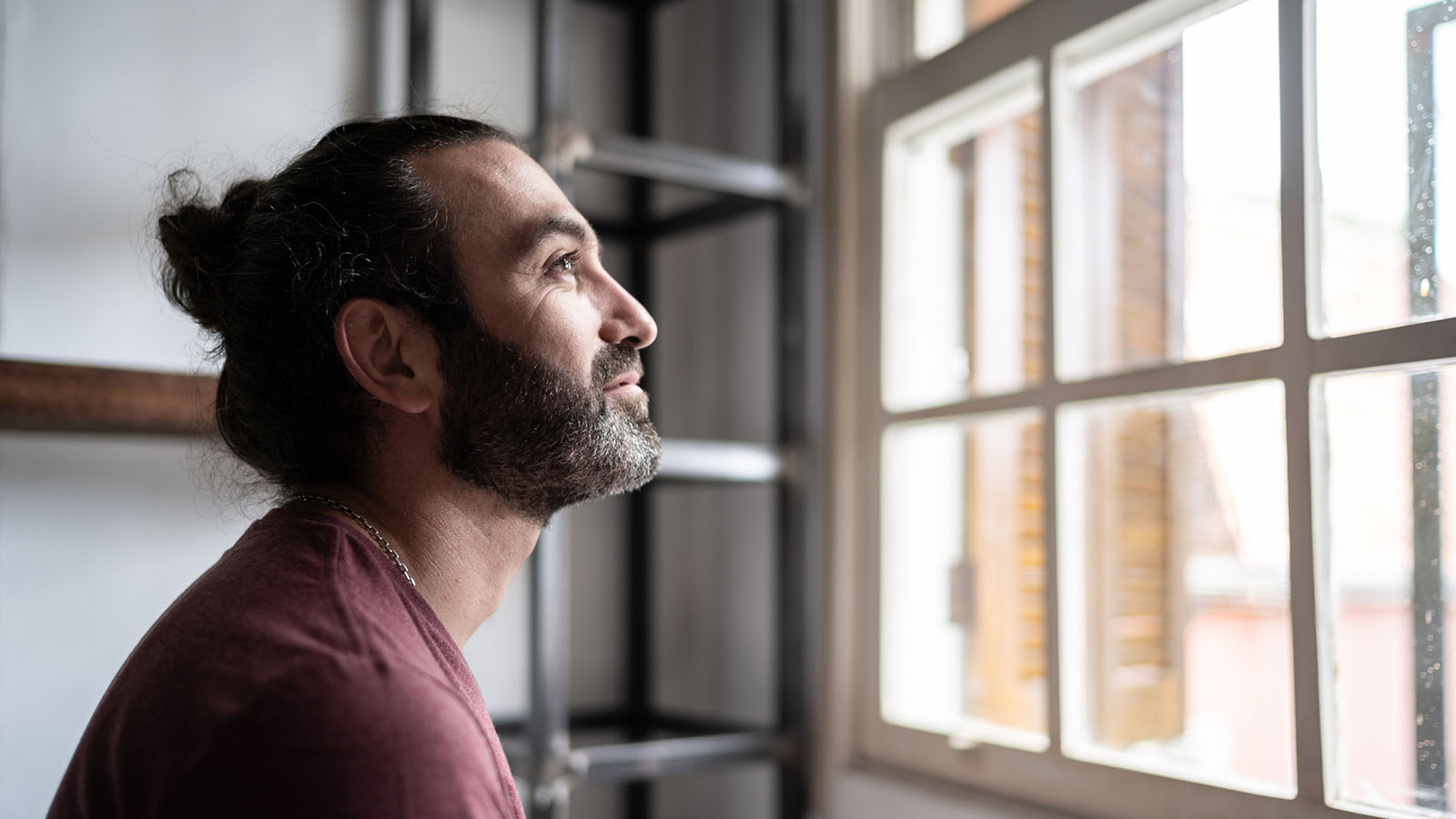
Mood Swings vs. Mood Disorders: Know the Signs and Get Help
Are emotional ups and downs disrupting daily life? Learn common signs of mood disorders, and when to talk to a doctor about diagnosis and treatment options.

4 Foolproof Pelvic Floor Strengthening Exercises for Women

What to Expect During Perimenopause

Protect Yourself From Tick Bites and Lyme Disease

6 Tips to Tame Your Spring Allergies

Do You Know the Signs and Symptoms of Uterine Fibroids?

How Are Uterine Fibroids Treated?

Is an At-Home Colon Cancer Test a Good Alternative to a Colonoscopy?

How Do You Manage the Side Effects of Weight-Loss Medications?

A Woman’s Four-Step Guide to Fight Back on Back Pain
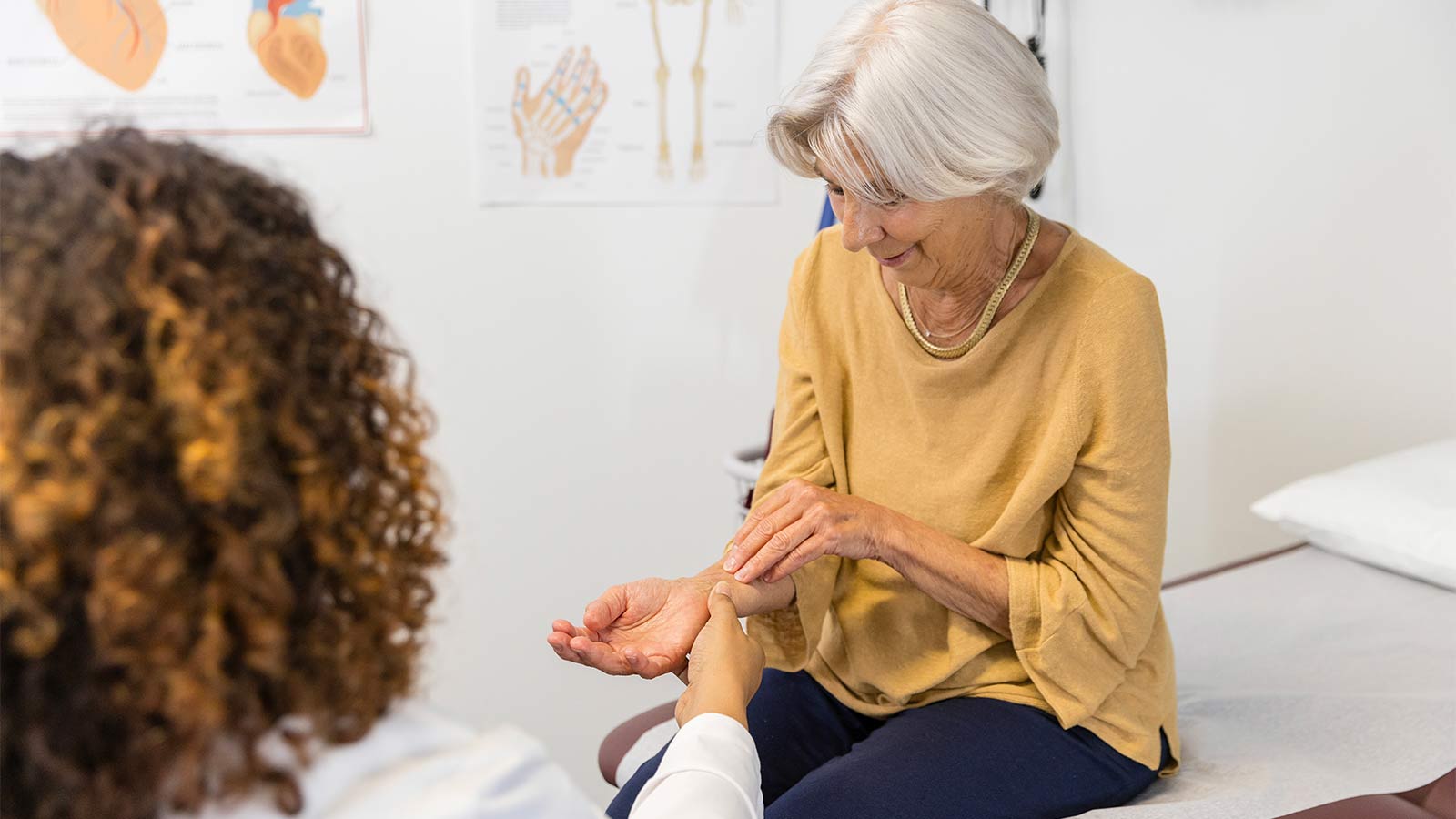
What You Need To Know About Carpal Tunnel Syndrome

The Truth About Menopause, Weight Gain, and Belly Fat

Shedding Light on Lesser-Known Menopause Symptoms and Solutions

Debunking The Myths About Vaginal Dryness
Inside Look at Blood Vessels Aids PAD Treatment
Denise Davis: Pay Attention to Your Heart Health

What You Need To Know About Stroke Treatment

10 Smart Ways to Manage Your Diabetes

Signs You May Have Chronic Kidney Disease

5 Essential Winter Foot Care Tips When You Have Diabetes

Sweet Music: Trust, Teamwork Save Justin from Heart Attack

Complex Heart Surgery Nets James a Lifelong Friend
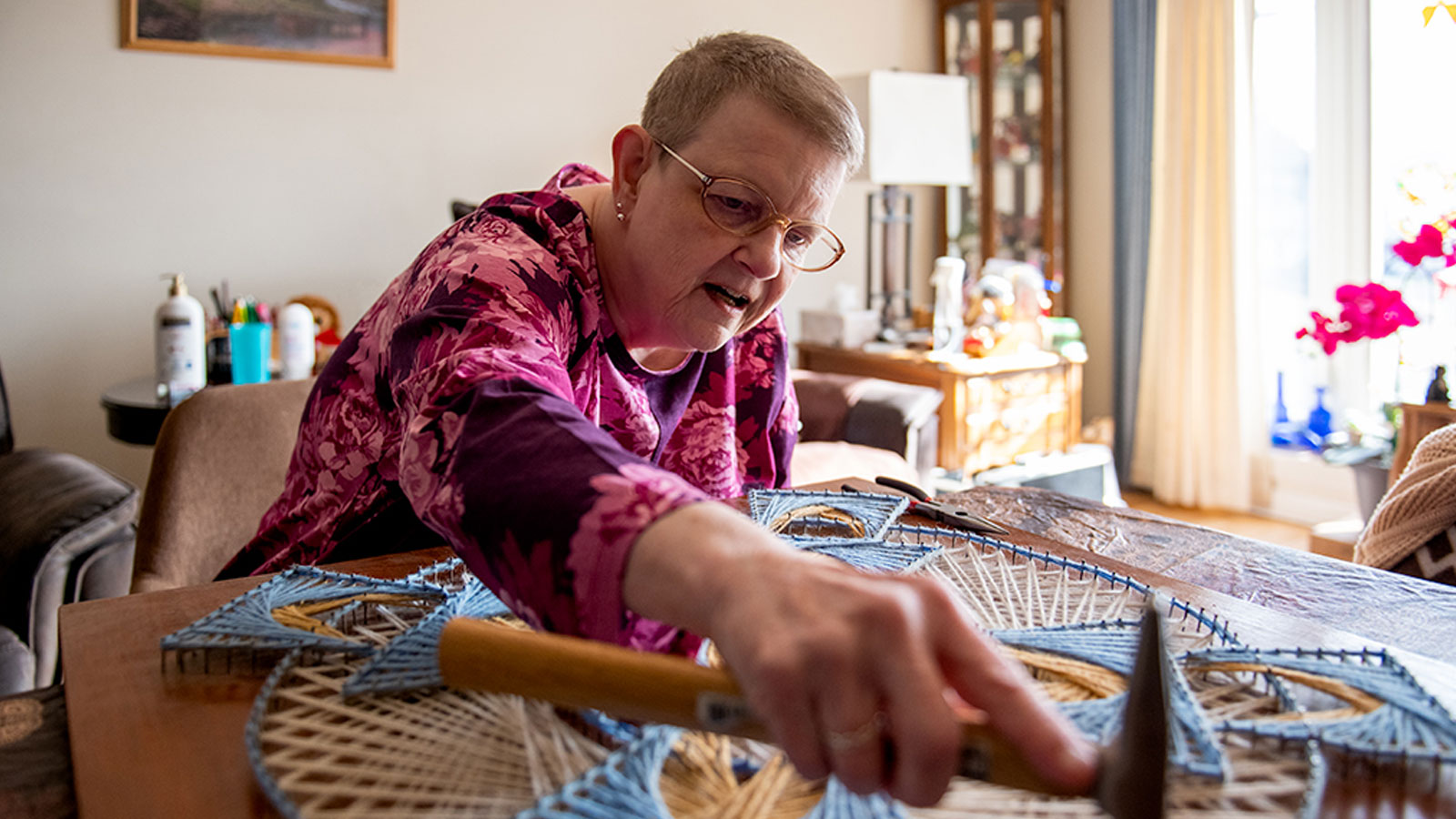
Hepatitis C Kidney Transplant a Blessing For Lee Manns
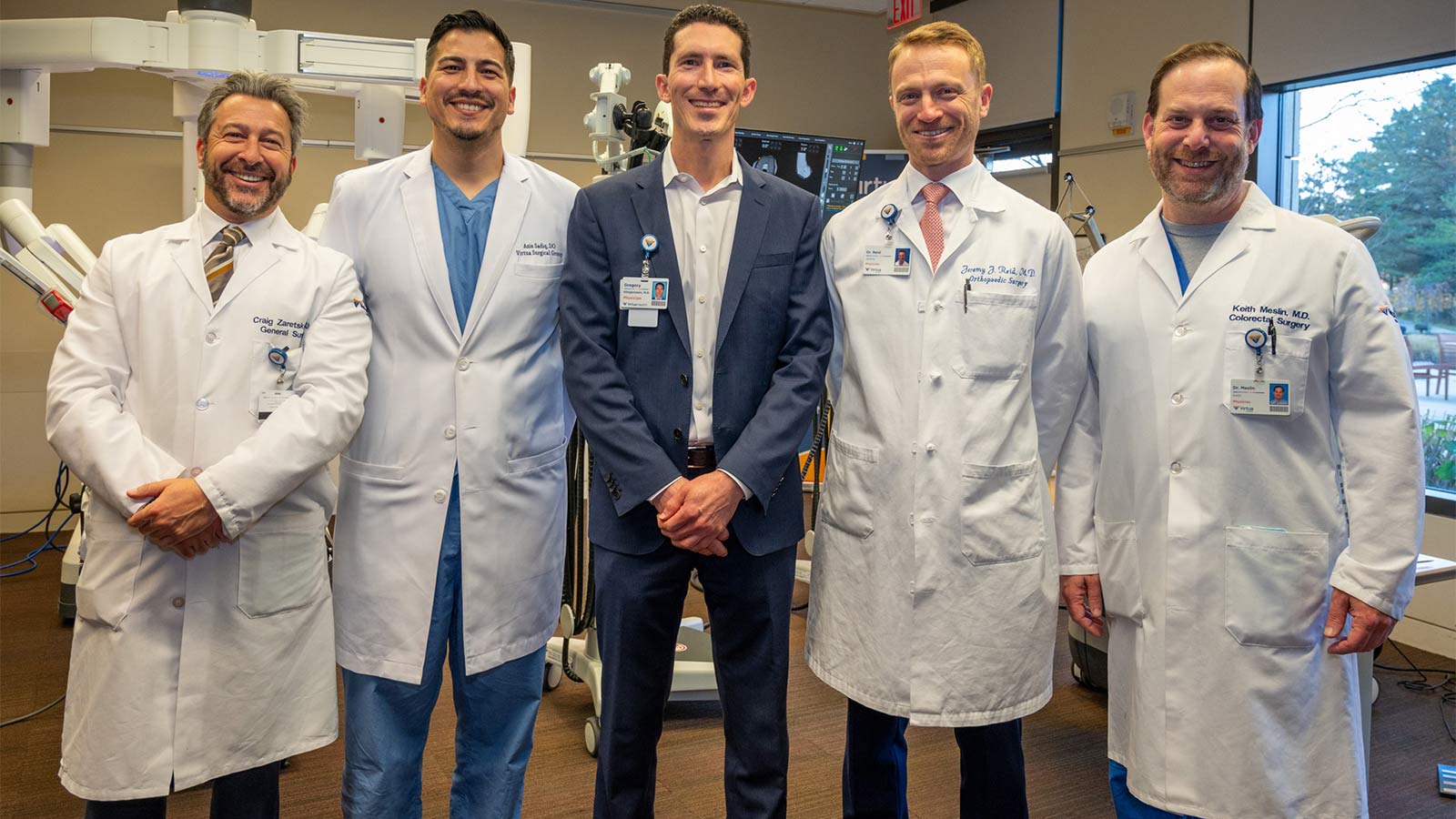
7 Reasons Why You Want Your Surgeon to Be an Expert in Robotics

Colitis Symptoms Under Control, Jennifer Is ‘Living My Best Life’

How Do I Care for a Wound that Won't Heal?

Five Back Pain Risk Factors That You Should Know

Is My Back Pain Normal, or Is It Spinal Stenosis?

Robotic Hernia Surgery Combines Innovative Techniques With Faster Recovery Times

How Does Breast Density Affect Your Mammogram?

Menopause: New Insights Into the Power of Hormone Replacement Therapy

Signs You Should Get Treated For Vein Problems
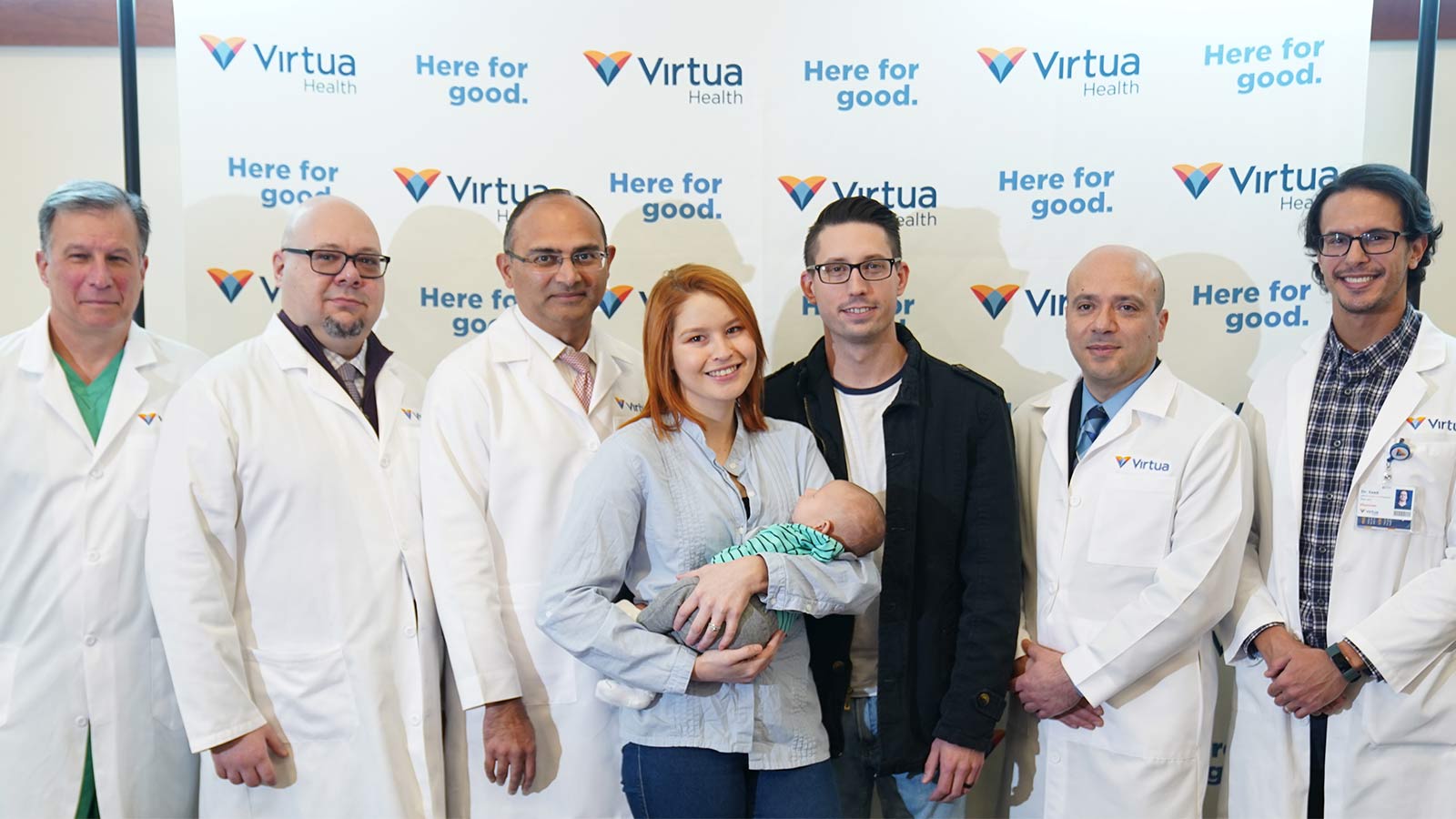
One New Heart Valve Saves Two Lives in the Tritten Family

What You Need to Know About Heart Failure
Lung Valve Surgery Relieves COPD, Emphysema Symptoms

Lung Screening, Robotic Technologies Get Pat Kicking Up Her Boots Again

Breast Cancer Diagnosis Inspires Catherine to Help Others

Jasmine’s On-Air and Pain-Free After Gallbladder Surgery

When Should I See a Doctor About My Knee Pain?

Quick Action Leads to Jesse's Recovery From Stroke

A Non-Athlete’s Guide to Shoulder Overuse Injuries
Shoulder problems aren’t limited to athletes. Virtua orthopedic surgeon Sean McMillan, DO, explains shoulder overuse injuries and prevention in this article.

Put Lower Back Pain Behind You With This Ten-Step Guide

Wide-Awake Hand Surgery Speeds Recovery, Puts Control in Patients' Hands
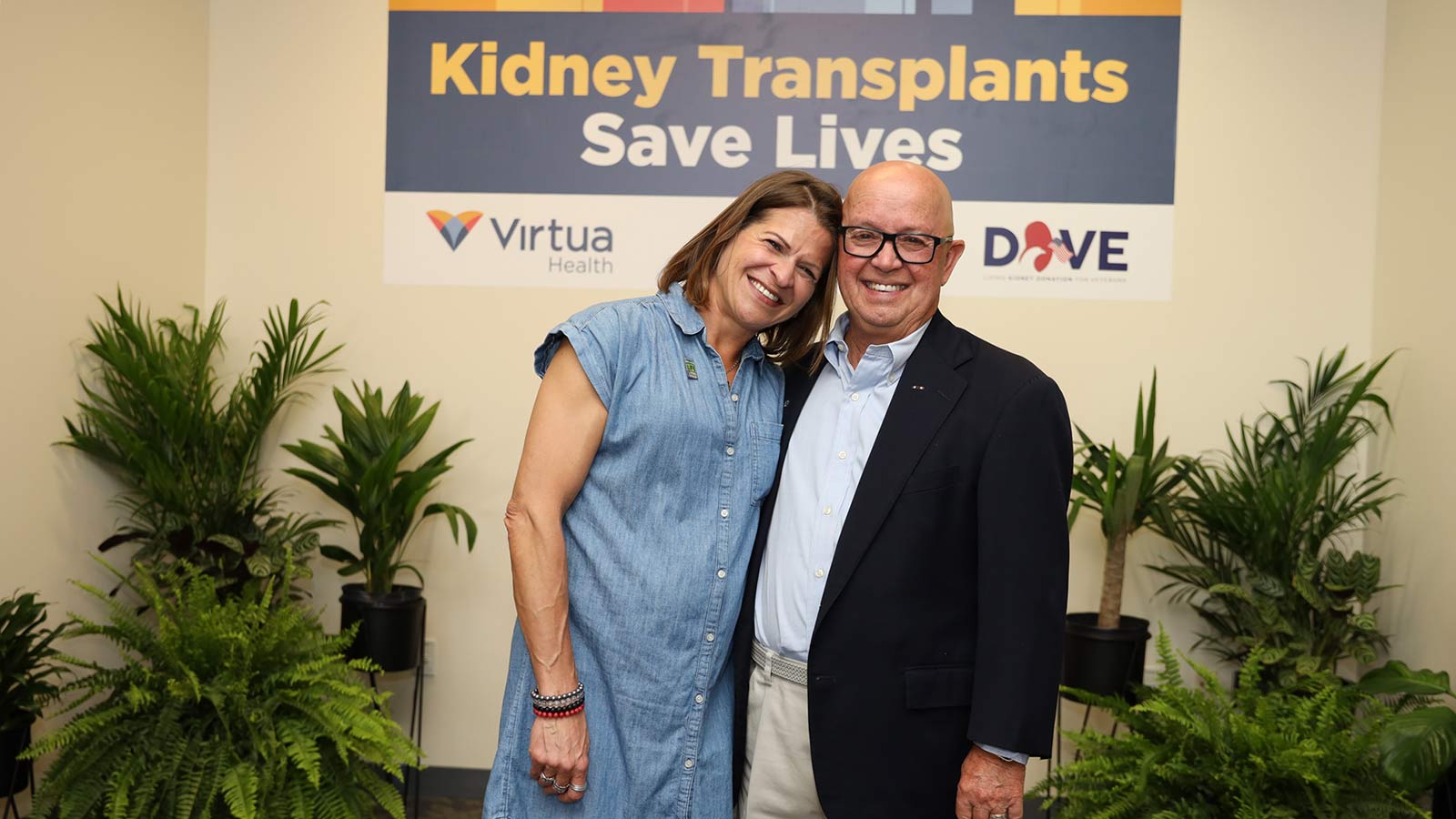
South Jersey Veteran Thrives After Cross-Country Kidney Donation

3 Ways to Avoid Knee Pain

When Should I See a Doctor for My Hip Pain?
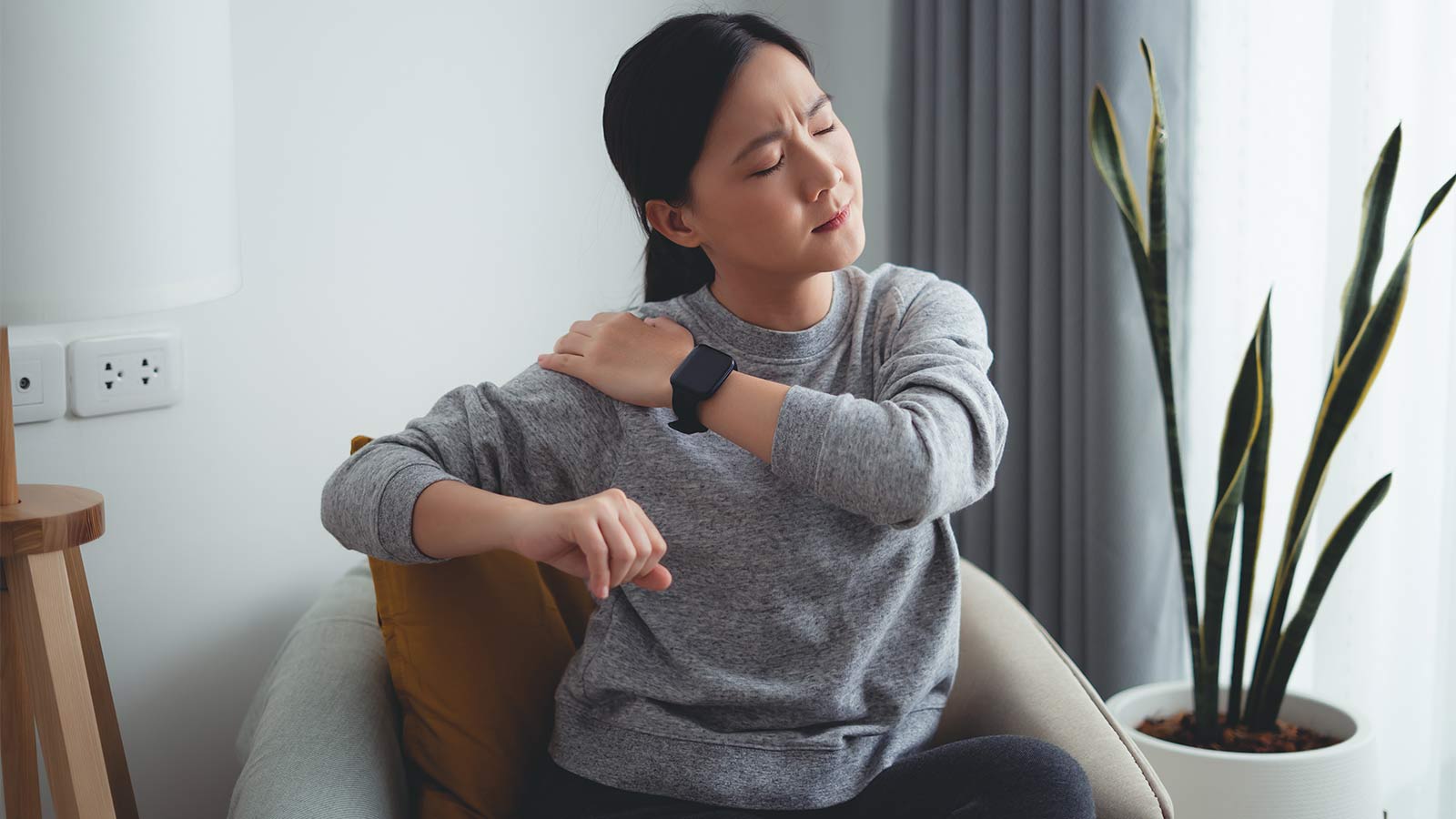
When Should I See a Doctor About My Shoulder Pain?

Is My Back Pain Normal, or Is It Sciatica?

Is My Back Pain Normal, or Is It a Herniated Disk?

When Is It Back Pain, and When Is It Something More?

Watchman Heart Device: a Technological Breakthrough for Blood Clot Prevention
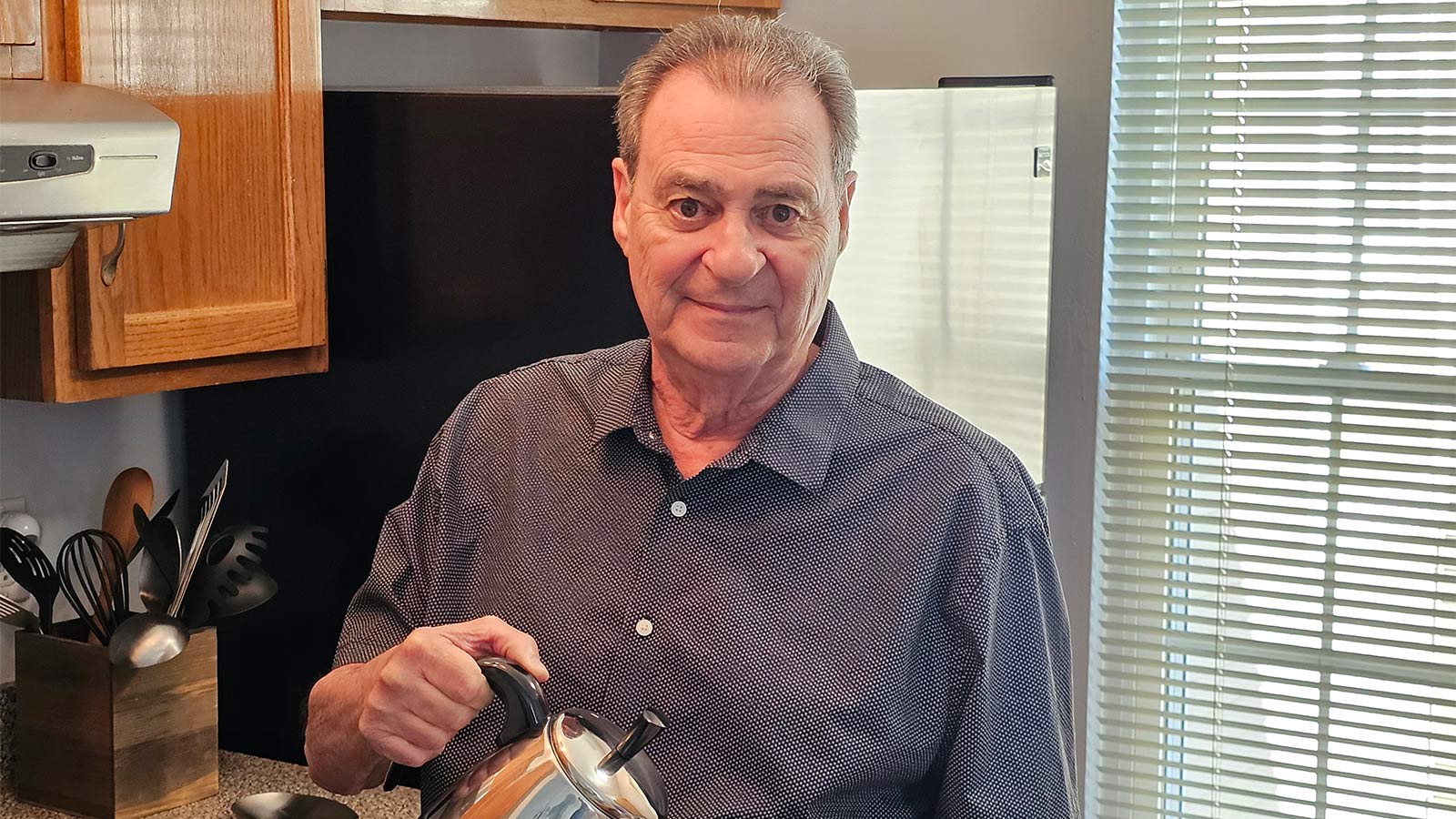
Albert's Emergency Cardiac Surgery Is a 'Story of a Lifetime'

What Can I Do Right Now About My Aching Back?

How Do I Get Rid of This Back Pain for Good?

Can Your Gut Health Affect Your Heart?

When Should I Be Worried About My Neck Pain?
Advanced Heart Failure Therapies Get Bernadine Back to Full Speed

Sarah Wins Back Her Health After Crohn's Disease Diagnosis

Overcoming Addiction, Philip Now Sees More Positive Side to Life
Firefighter's Successful Lung Cancer Care at Virtua
A Lung Screening Put Teresa Back in the Race
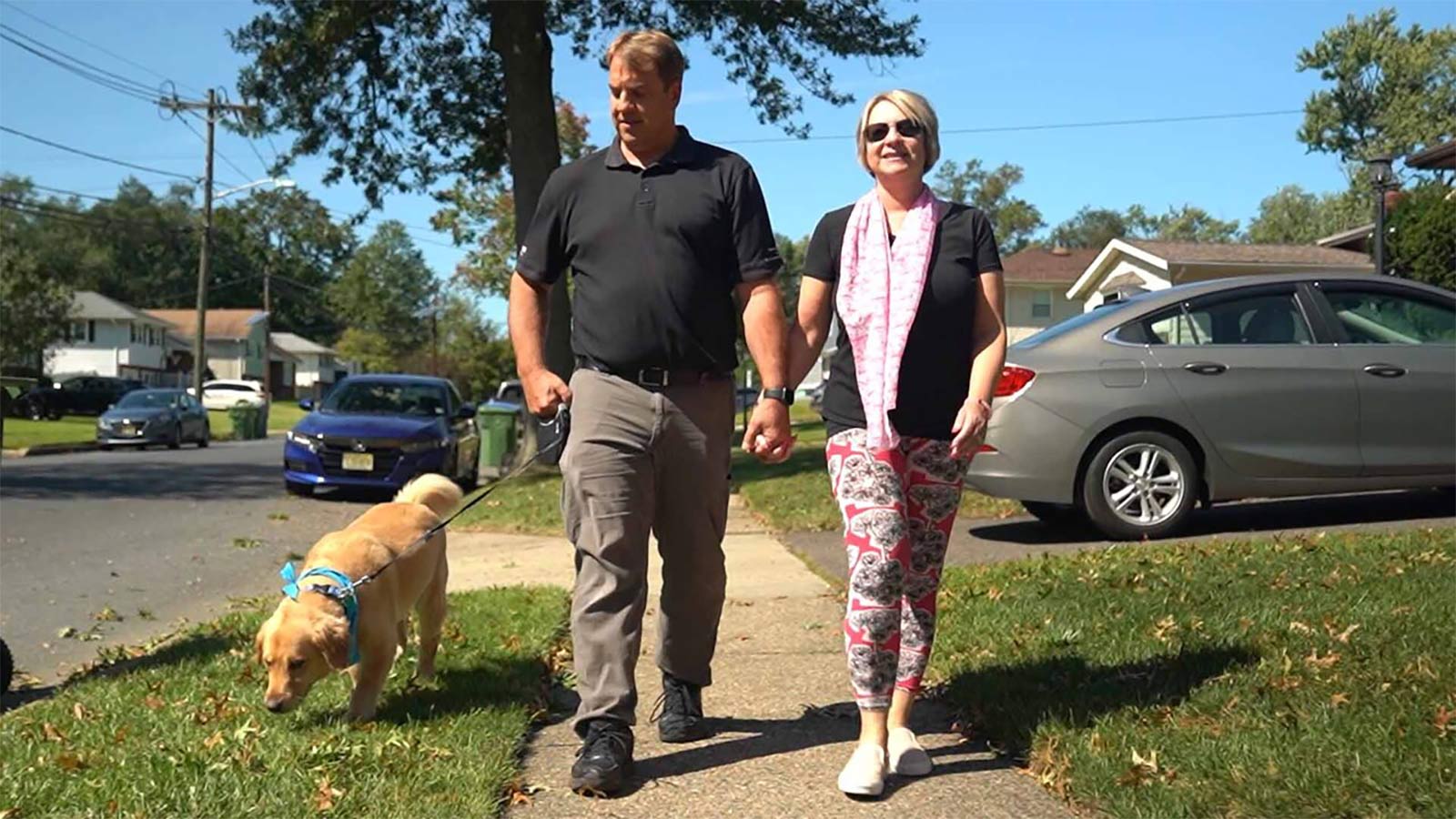
A Breast Self-Exam Saved Kristen's Life

Early Treatment is Best to Relieve Hemorrhoid Symptoms

The Top 10 Foods For A Healthy Diabetes Diet

Keeping the Beat: Advanced Heart Surgery for Aortic Aneurysm
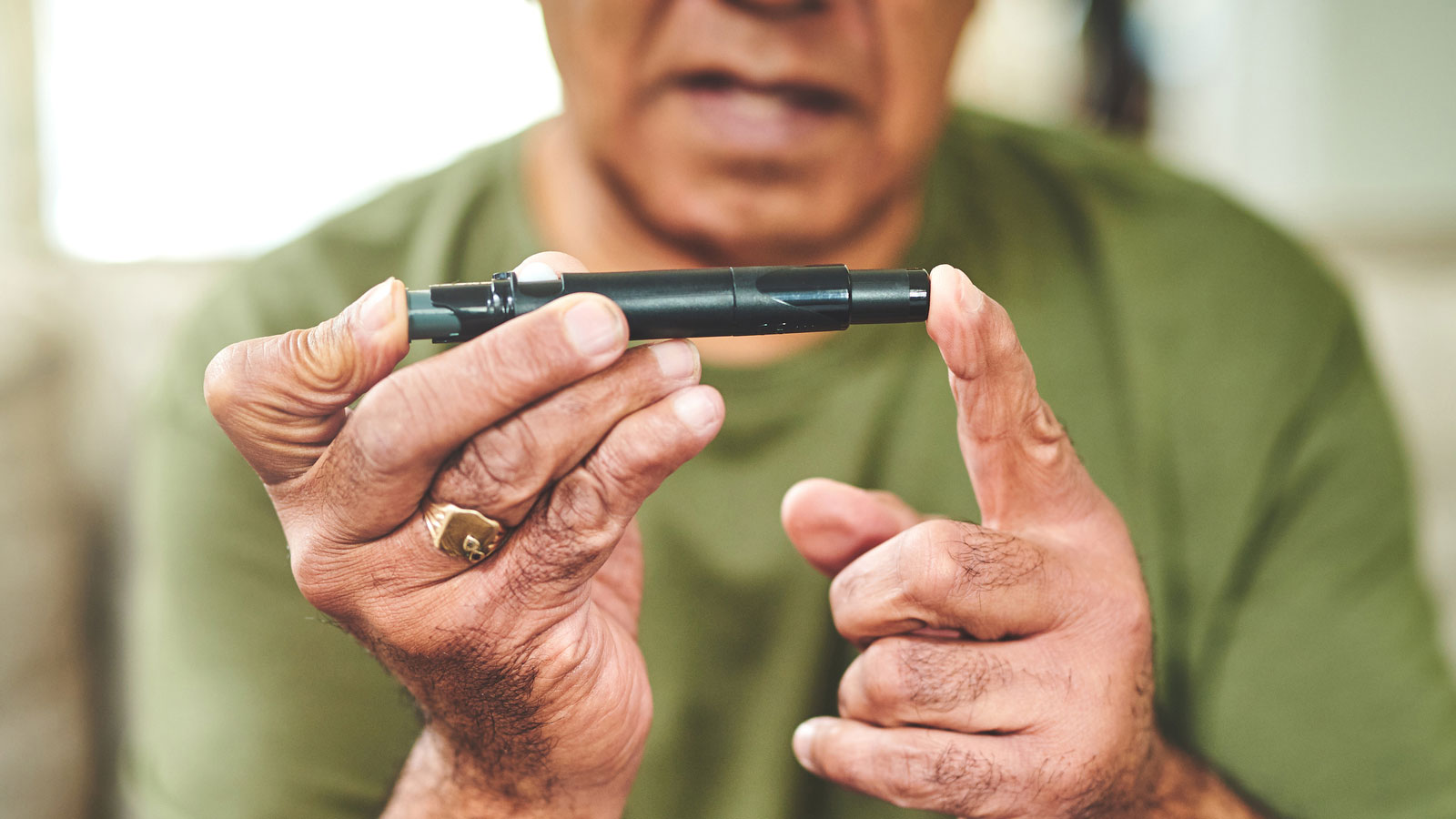
Are You At Risk For Chronic Kidney Disease
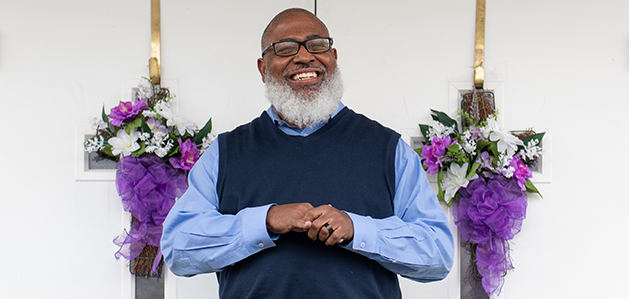
Local Pastor Makes Kidney Health Mission of Ministry

What’s the Difference Between Type 1 and Type 2 Diabetes?

All for Bear: Dan Loses Weight to Be His Son’s Kidney Donor

Augmented-Reality Surgery Has Bobby Back on Stage, Rocking His New Hip

Hyperbaric Wound Therapy Puts Joette Back in Motion
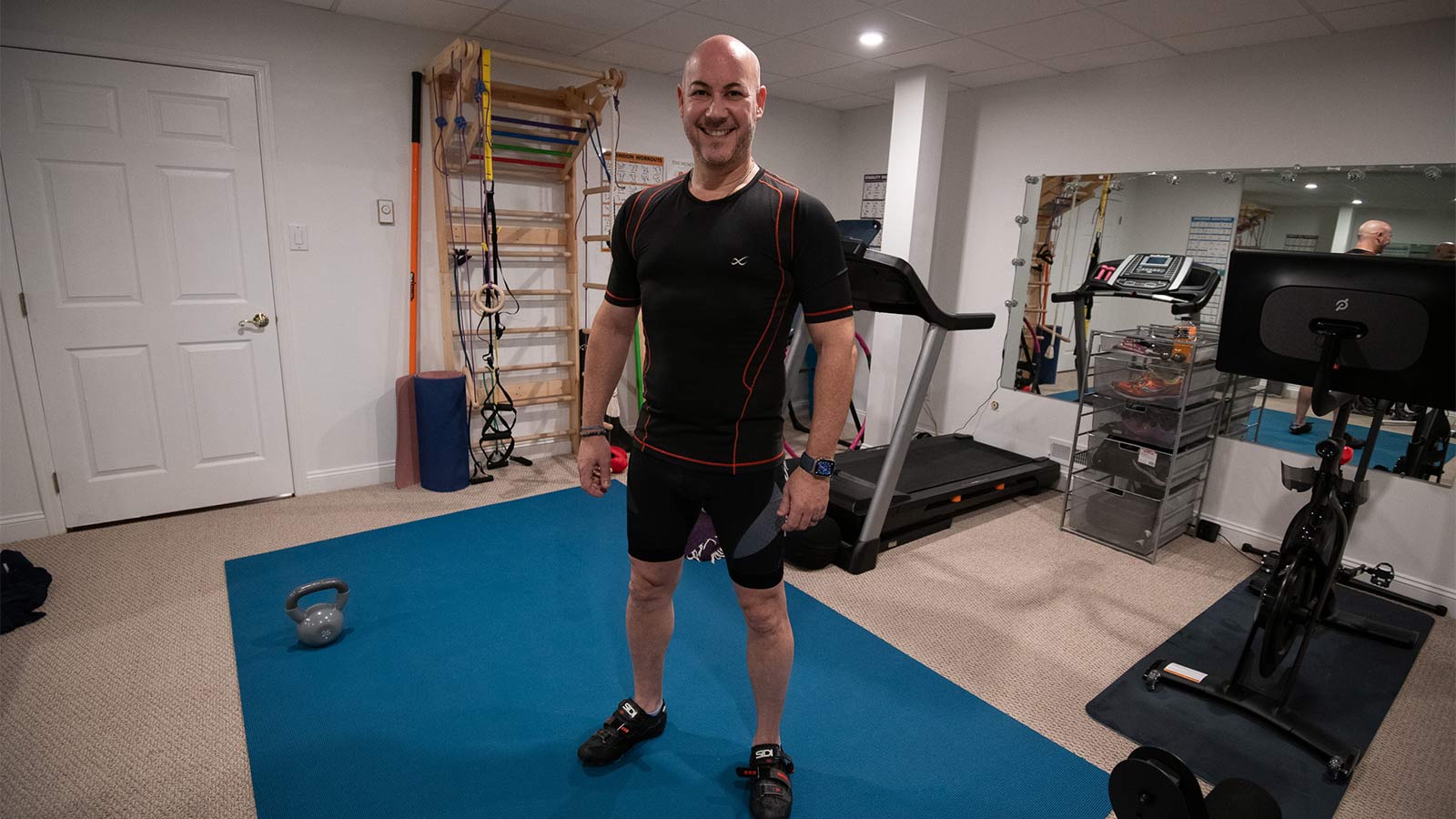
Robotic Hernia Repair Renews David's Active Lifestyle

